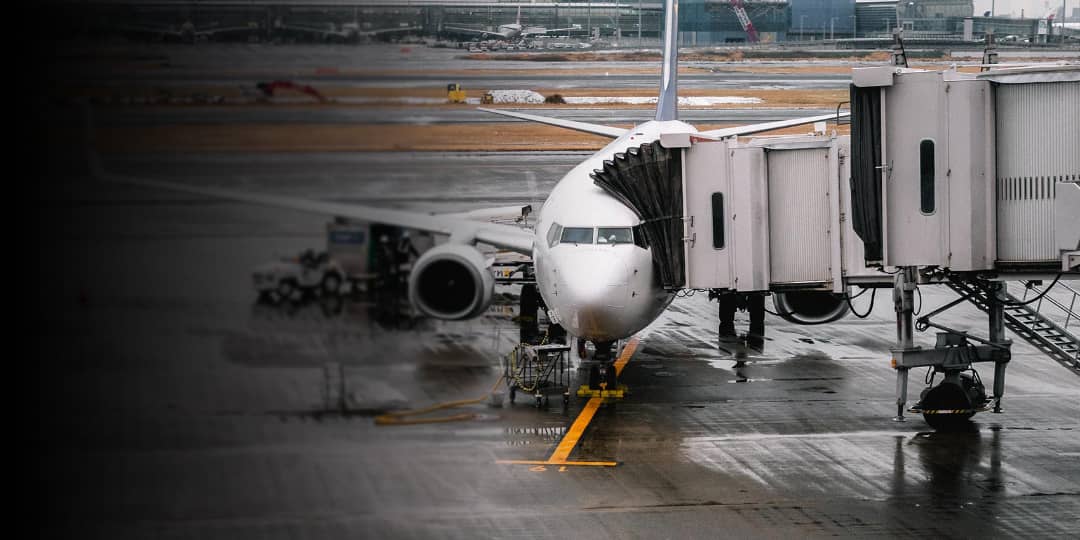Does air travel increase your chances of becoming infected by the novel coronavirus and contracting COVID-19?
In short, any kind of activity that increases your exposure to other people increases the risk. If you are considering travelling by plane, that risk can be managed but not reduced completely to zero. If by chance you are seated close to someone who is infected with the virus and contagious, the risk will be significant.
In addition, public health authorities are concerned that increasing numbers of travellers moving between countries may increase the spread of the virus internationally. Particularly if travelling from places with ongoing transmission to somewhere with less disease, a personal decision to travel may have public health consequences.
GETTING SAFELY TO THE PLANE
There are two most common ways that you might become infected with any virus. The first is by breathing in droplets that contain the virus, usually expelled through coughing, sneezing or even talking by someone who is infected. The second is by touching a surface contaminated with the virus, and transferring the virus to your mouth, nose or eyes.
The best way to prevent infection is to maintain physical distance from other people, wearing a mask when distancing is not possible and by regularly washing your hands and avoiding touching your face.
Airport terminals should be regularly cleaned and sanitised by airport authorities. Yet this can be challenging as they are often large and complicated facilities, so as a passenger it is best to maintain as much physical hygiene as you can.
When you are travelling, you can keep sanitary by cleaning your hands frequently, either with soap and water or hand sanitiser, and avoiding touching your face. World Health Organization advice recommends that you should wear a mask particularly if you are coughing or sneezing – although if you are exhibiting symptoms, advice is to stay home. Many authorities, including the US Centers for Disease Control and Prevention (CDC), strongly recommend masks, and over 50 governments have made wearing a mask compulsory outside the home. When travelling, a mask might help you avoid touching your face, it also signals to other travellers that you are minimising the risk to yourself and others.
Toilets do pose a risk, as they have a lot of high contact surfaces, including door handles, faucets and stall doors. Toilet flushing can also aerolise many droplets. Extra caution in bathrooms in both air terminals and on planes means washing hands well and avoiding touching as many surfaces as possible.
One challenge in an airport terminal might be maintaining physical distancing. The World Health Organization recommends people keep at least one metre between each other. Yet airport terminals can be crowded, and as travel begins to accelerate, airport bosses are warning that it might be difficult to comply with physical distancing recommendations.
ON THE PLANE
Airline designers have spent a lot of time designing cabins to fit as many people in as possible. Yet in the age of COVID-19, even a half-full plane can contravene physical distancing recommendations and put passengers at risk. A number of airlines have pledged to keep middle seats free where possible, yet to maintain completely safe physical distancing in some planes would imply a passenger load of just 15% which will simply not be economically feasible for the airlines. WHO guidelines indicate that to be seated within two rows of someone who is infected puts you at risk, and that airlines will need to keep records of passenger seating location in order to enable contact tracing.
Your seat will have been cleaned by the airline in between flights, yet to be comfortable that your risk is minimised you might want to take some disinfectant wipes and clean the armrest, screen, seat back and other surfaces you come into contact with during the flight.
Then there is the question of recycled air in the plane cabin. According to the World Health Organization: “Research has shown that there is little risk of any communicable disease being transmitted on board an aircraft. The quality of aircraft cabin air is carefully controlled. Ventilation provides a total change of air 20–30 times per hour. Most modern aircraft have recirculation systems, which recycle up to 50% of cabin air. The recirculated air is usually passed through high-efficiency particulate air (HEPA) filters of the type used in hospital operating theatres and intensive care units, which trap dust particles, bacteria, fungi and viruses.”
It is true that air in planes may be better ventilated and filtered than that in other indoor areas such as malls or buildings, but there is evidence that the new coronavirus has been spread in other air-conditioned environments such as restaurants and workplaces.
Your risk of infection is determined by the amount of exposure you have to the virus and the amount of time you are exposed to it. If there is someone contagious on the flight, you are seated relatively close to them, and it is a flight that extends over several hours, your risk of infection will increase accordingly.
In short, air travel, in common with other activities that expose you to others who may be carriers of the virus, entails risks. Those risks can be managed, but the only way to stay completely safe from contracting the novel coronavirus may be to stay home.
Source: gavi online





